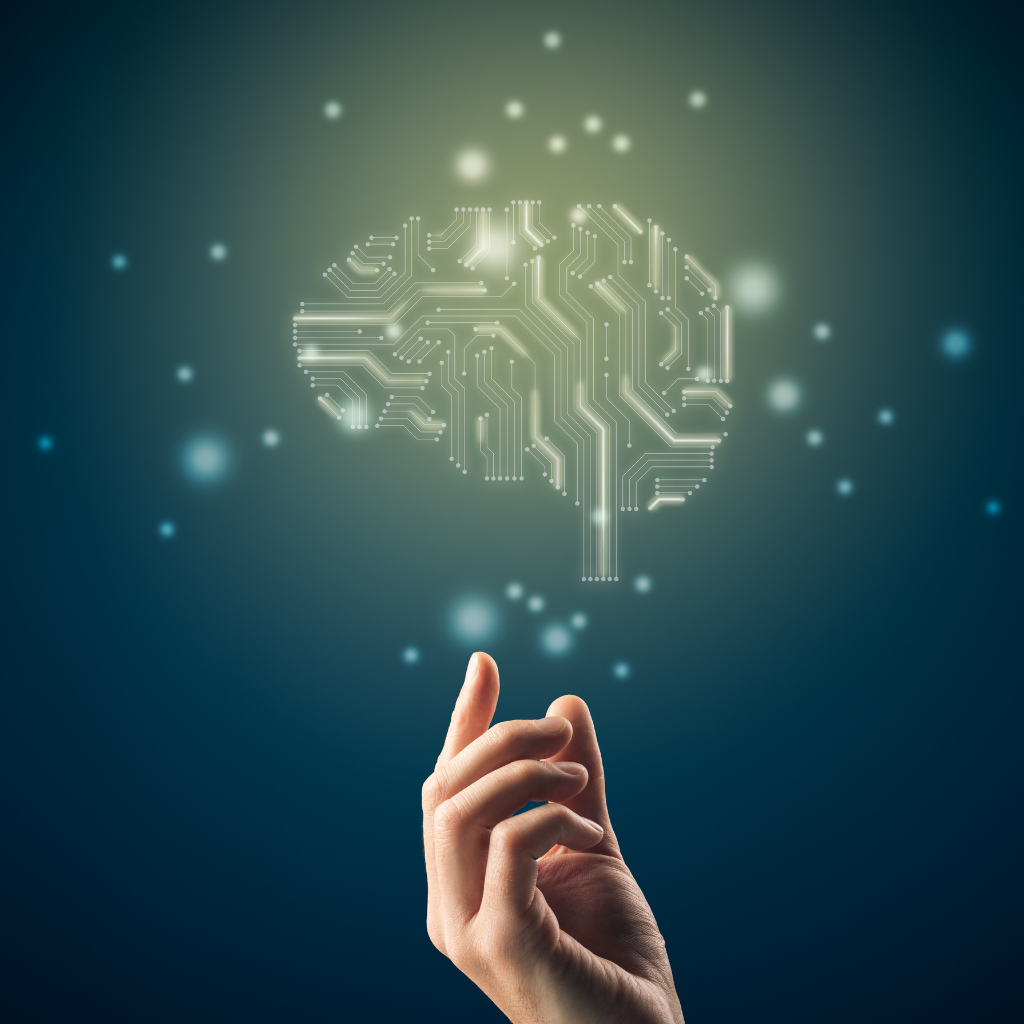5 AI-Driven Trends Shaping the Supply Chain Planning in 2025
AI-Powered Progress: A Look at Supply Chain Innovations for 2025
The year is 2025, and the supply chain landscape has evolved in ways that were once only speculative. As organizations grapple with increasing complexities. From geopolitical uncertainties to consumer demand for faster, more personalized service, AI is no longer a futuristic concept – it’s the driving force behind resilience and efficiency. Here are five AI trends transforming the supply chain in 2025, woven into the daily realities of supply chain leaders.
1. Explainable AI: Shedding Light on the Black Box
Imagine a scenario: A demand planner reviews AI-generated forecasts that suggest a 30% spike in demand for a particular product next month. While the insight is invaluable, the planner’s first question is: “Why?” In 2025, Explainable AI (XAI) is addressing this very need. Supply chain professionals are no longer content with opaque recommendations. XAI ensures that AI models provide clear, interpretable insights, showing how decisions are made and which data points influenced them.
For example, an AI system might pinpoint a spike in demand due to an upcoming holiday trend, weather predictions, or competitor pricing changes. This transparency fosters trust and enables professionals to take more confident, informed actions. As AI’s role expands, so does the demand for accountability and clarity, making XAI a cornerstone of supply chain strategy.

2. Democratization of AI: Putting Power in Every Hand
AI is no longer the exclusive domain of data scientists, tech giants or enterprises with vast resources. In 2025, even small and medium-sized businesses are harnessing its power. The democratization of AI means that user-friendly platforms and tools now empower supply chain teams without requiring deep technical expertise or substantial budgets.
Picture a mid-sized retailer leveraging an AI-driven inventory management tool to predict stockouts or optimize order quantities. Thanks to intuitive interfaces and plug-and-play integrations, these businesses can compete on an even playing field with larger competitors. Democratization has made AI accessible, affordable, and actionable, reshaping the supply chain at every level.

3. AI and Human Intelligence: A Powerful Partnership
In 2025, the narrative that AI will replace humans has been debunked. Instead, the focus has shifted to how AI enhances human intelligence, equipping professionals with superpowers to achieve more in less time and with greater accuracy.
Imagine a demand planner using AI to analyze millions of data points in seconds, identifying patterns that would take weeks to uncover manually. Rather than replacing the planner, AI acts as an assistant, freeing them from repetitive tasks and enabling them to focus on strategic decision-making. Similarly, AI-driven tools in S&OP can optimize inventory levels and align supply with demand, but human judgment is essential to account for strategic priorities and unforeseen events.
This collaboration of AI and human intelligence creates a synergy where the strengths of both are amplified. By saving time, reducing errors, and enhancing decision-making, this partnership is redefining the role of professionals in the supply chain, empowering them to drive innovation and deliver value like never before.
4. Generative AI in Supply Chain: Reinventing Creativity and Efficiency
Generative AI (GenAI) has shifted from being a buzzword to a practical powerhouse in supply chain operations. In 2025, GenAI applications span creative problem-solving, what-if analysis, inventory and demand planning. For instance, a demand planning team might use GenAI to simulate the impact of unexpected demand surges or predict how alternative inventory strategies could affect service levels and costs.
Moreover, GenAI tools are assisting in communication, generating tailored messages for suppliers, customers, or internal stakeholders based on context and historical interactions. This trend underscores the versatility of AI, proving it can enhance both strategic planning and day-to-day operations.
5. Data Security: Balancing Innovation with Safeguards
As AI becomes deeply embedded in supply chain, the stakes for data security have never been higher. By 2025, companies are handling unprecedented amounts of sensitive data – from sales volumes to customer purchasing patterns. With cyberattacks and breaches posing significant risks, AI’s ability to enhance security has become a vital trend.
However, one of the most significant threats lies in the use of public AI tools without adequate data security guarantees. Posting sensitive data to open-source platforms or public websites increases the risk of breaches and misuse. Many companies now recognize this danger, limiting employee access to such tools to prevent potential data leaks.
Instead, organizations are shifting towards closed-garden AI solutions. These platforms operate within a company’s ecosystem, ensuring that all proprietary data remains confidential and protected from external threats. For instance, a demand planning team using a closed-garden AI tool can analyze forecasting data without fear of exposing trade secrets. By prioritizing secure, controlled environments, companies are safeguarding their data while reaping the benefits of AI innovation.

Looking Ahead: A New Era of Supply Chain Excellence
The integration of AI into the supply chain has reached unprecedented levels. Explainable AI, democratization, data security, generative capabilities, and the collaboration between AI and human intelligence are not just trends, they are imperatives. Together, they represent a holistic transformation, ensuring that supply chains are not only more efficient but also more transparent, inclusive, and resilient.
As we move forward, the question isn’t whether AI will shape the supply chain, but how organizations will harness its potential to navigate the challenges and opportunities of an ever-evolving world. The future is here, and AI is leading the way.